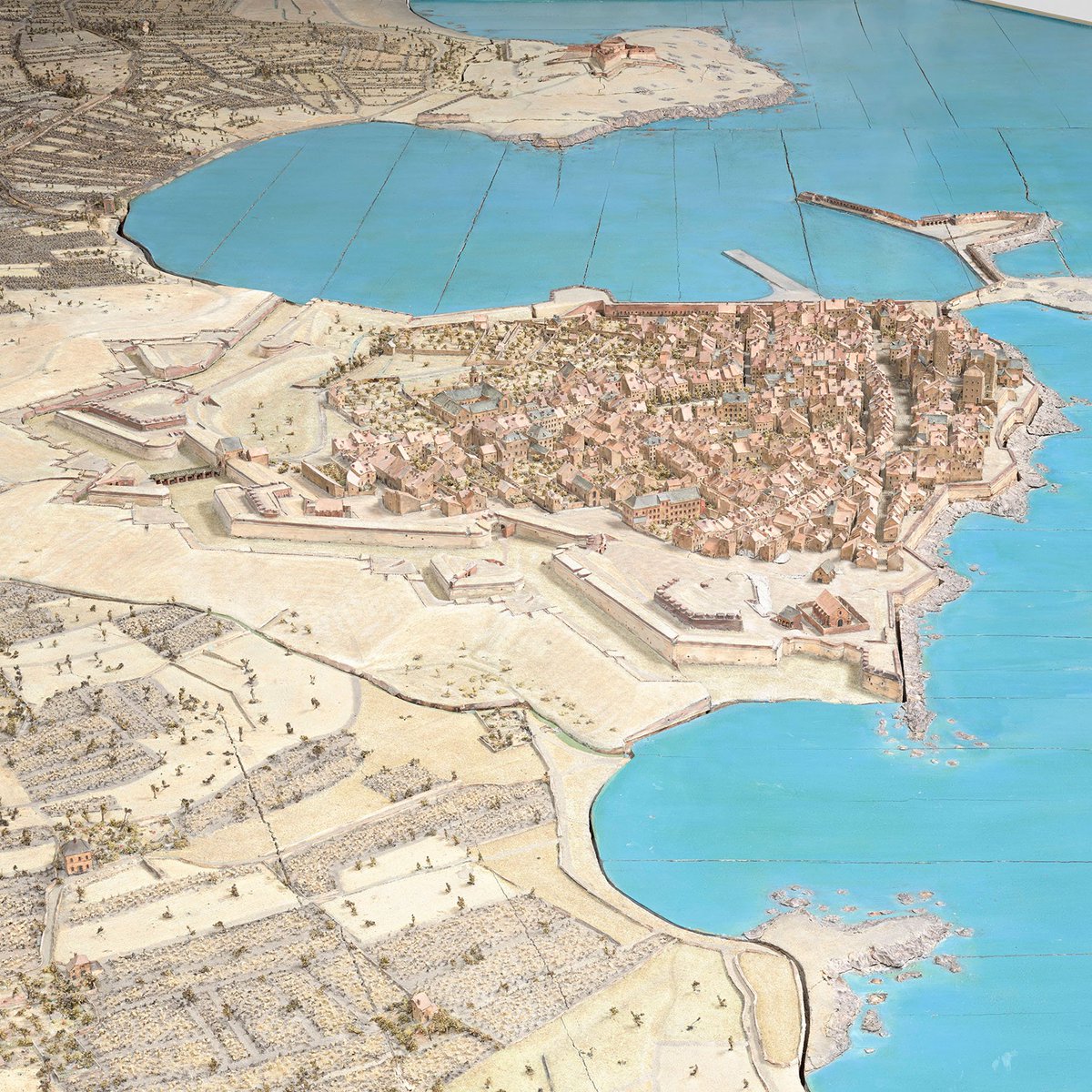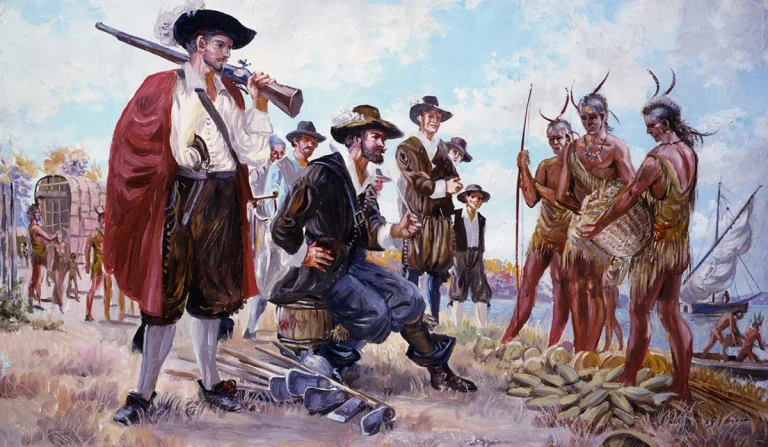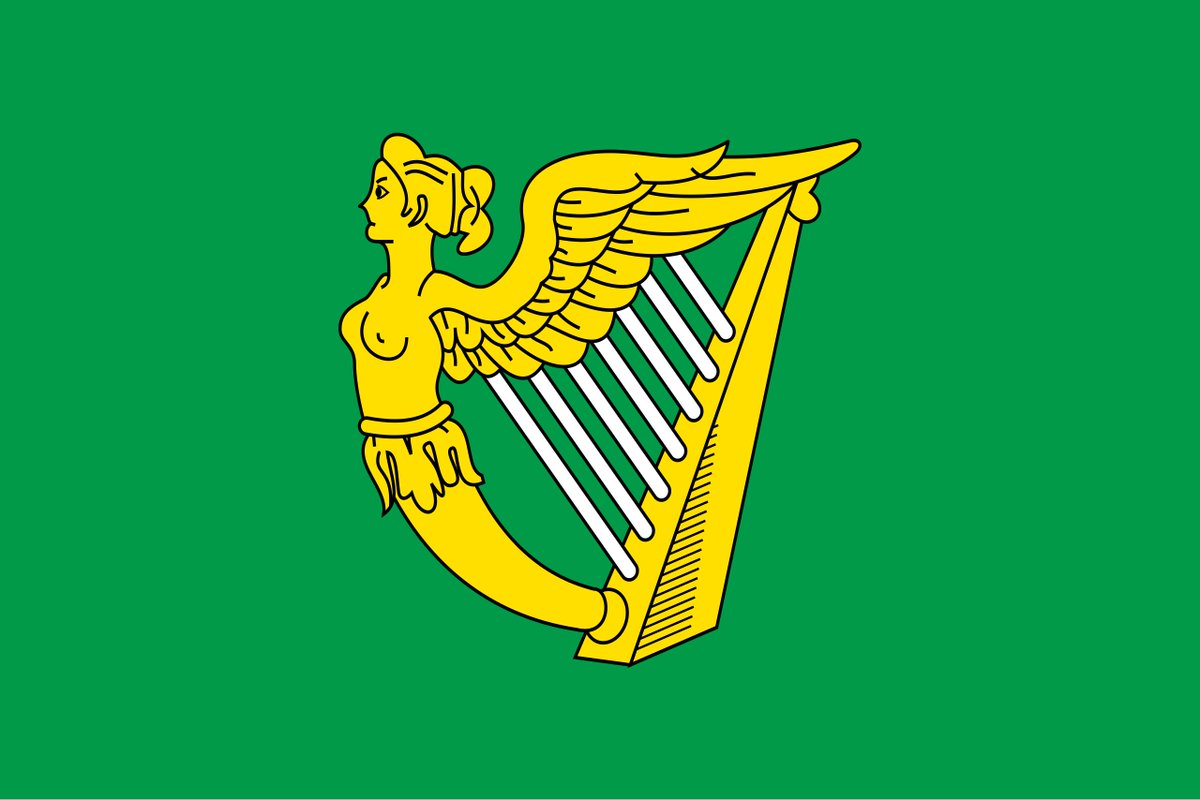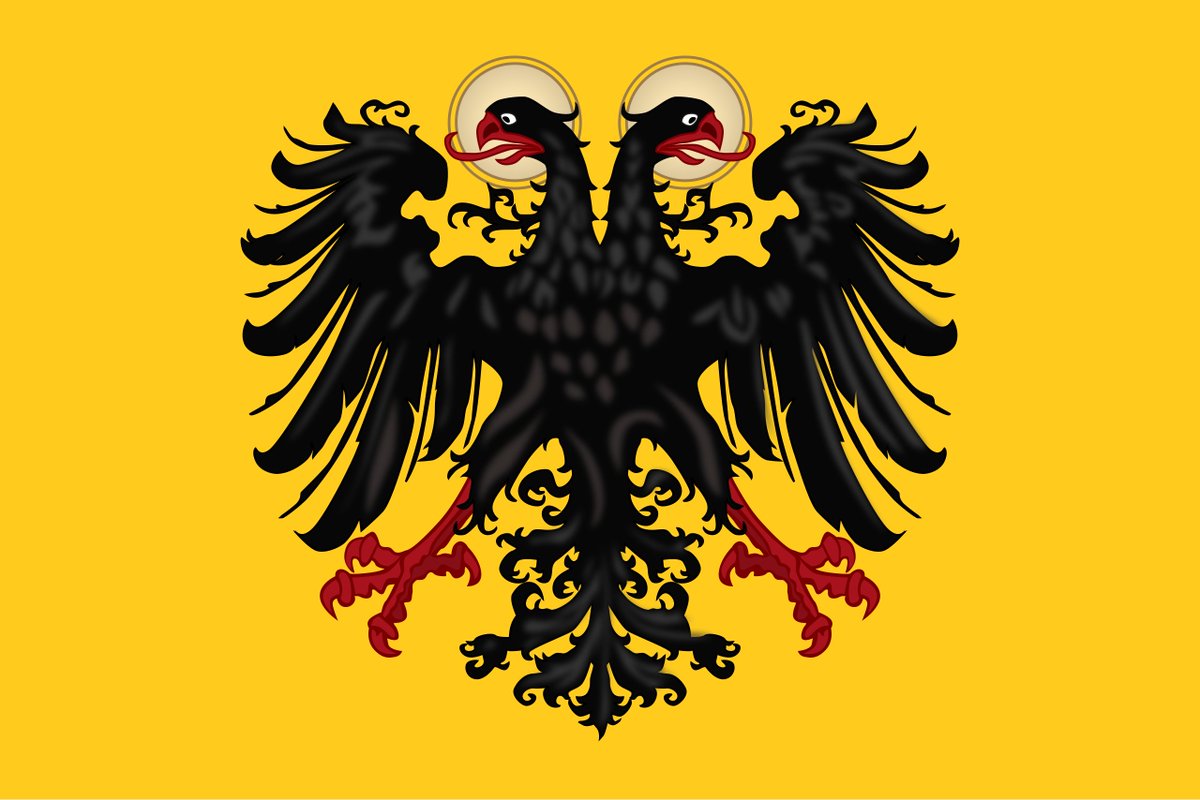During his long military career that spanned from 1476 to 1529, Nicholas of Salm fought against a "who's who" of legendary military units at the time. His experience was unmatched when he defended Vienna as a 70 year old veteran.
Let's take a look at his resume! (thread)
Let's take a look at his resume! (thread)

At 17 years of age he fought his first battle against the Burgundians at Morat in 1477 for Lower League alliance, facing the most powerful ruler in Europe at the time, Charles the Bold, the Duke of the West, and his feared knights of the Order of the Golden Fleece! 





In 1483 he entered the service of Austrian Habsburgs and under their banner fought against the legendary Black Army of Hungary, the strongest army in Europe at the time. Ferocious mercenaries who fought for Matthias Corvinus of Hungary with a stellar record and brutal reputation. 



After series of confrontations with Hungary that lasted into the 1490s when Black Army fell apart after Corvinus death, fighting for the Habsburgs Salm faced another illustrious enemy that needs no special introduction - the Swiss pikemen in the Swiss War of 1499. 



After the disastrous Swiss War (Salm nevertheless won a minor skirmish leading to defeat at Schwaderloh), the Habsburg fortunes changed as they won the war of Landshut succession where Salm faced the famous Bohemian Hussite wagon fort employed as mercenary force by Bavarian foes. 





In the 1510s, Salm led the forces against the old enemy of Habsurgs the Republic of Venice in a series of clashes in Italy and among the Habsburg-Venetian border. There he faced their famous Stradioti mercenaries, the extremely effective and lethal light cavalry from the Balkans. 



On to 1525 and the famous battle of Pavia where Nicholas of Salm commanded a cavalry unit and faced the famous French heavy cavalry Gendarmes, the peak evolution of the illustrious French medieval knights. Under some accounts he was instrumental at capturing enemy king Francis I! 





The same year Salm also put down the peasant rebellion at Schladming. There he faced perhaps a less illustrious army than the previous ones, but a very dangerous, determined and unpredictable enemy nevertheless. Another new experience for the veteran Salm! 





After the Habsburgs claimed the Kingdom of Hungary following the death of Hungarian King during 1526 defeat to Ottomans at Mohács, Salm fought against Hungarians again, this time against their pretender king John Zápolya. Salm defeated Zápolya at Tarcal in 1527. 



And finally, in 1529 the 70-year-old Salm was called to service one last time to defend Vienna against the 125.000 strong Ottoman army and their famed elite Janissaries. His experiences proved crucial in this heroic successful defense against all odds.


https://twitter.com/LandsknechtPike/status/1476688292347326469


Salm died from the injuries he sustained during his heroics at Vienna a year later in 1530. This is how his incredible life as a warrior ended.
He is now forgotten just like many of the ancient warriors he fought against, however his resume proves that he was one of the finest!
He is now forgotten just like many of the ancient warriors he fought against, however his resume proves that he was one of the finest!

• • •
Missing some Tweet in this thread? You can try to
force a refresh











































